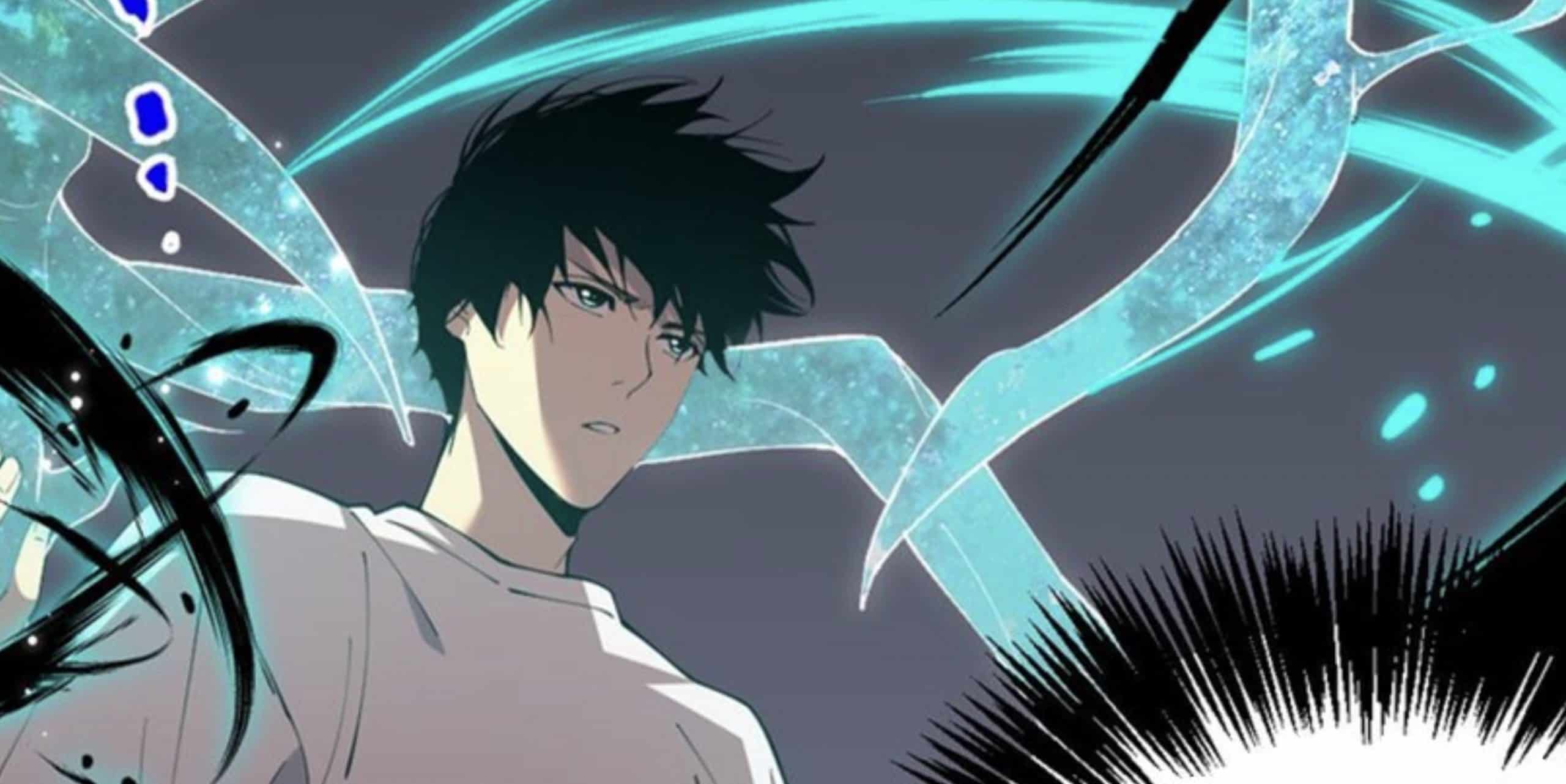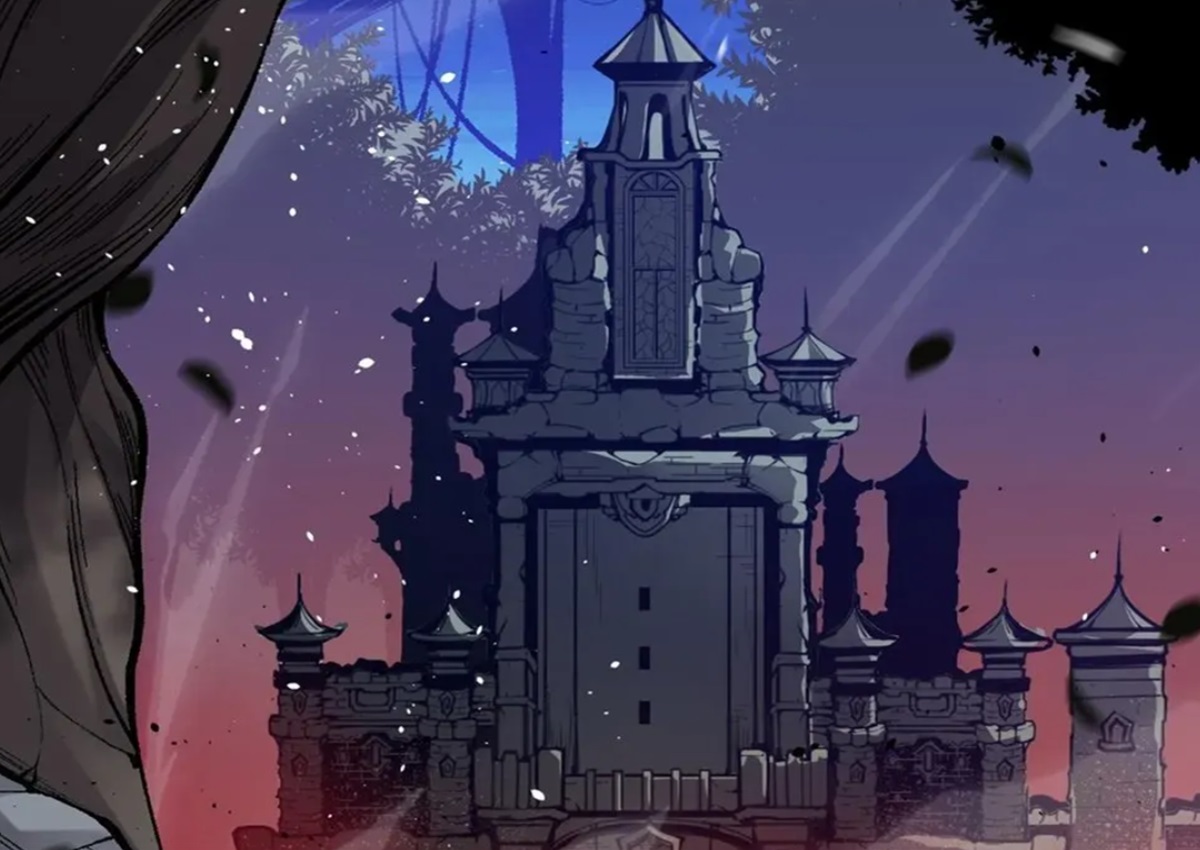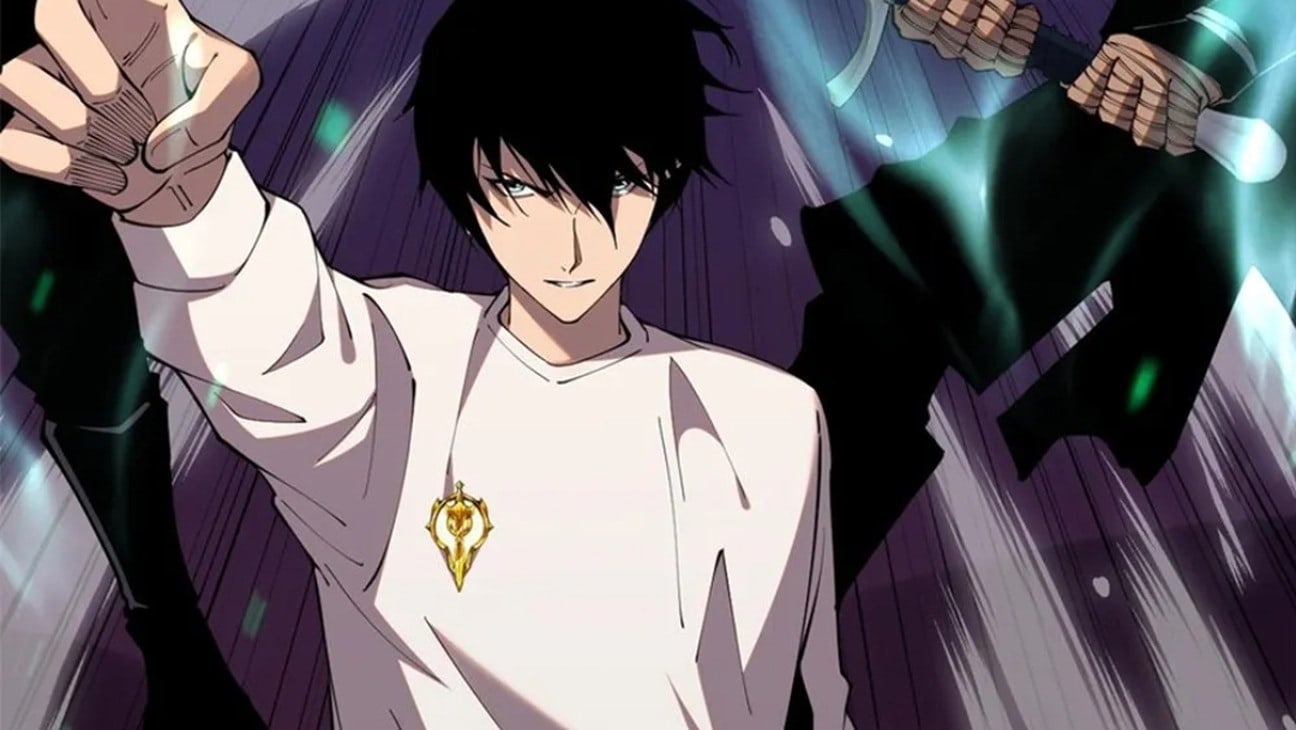In the riveting Catastrophic Necromancer Chapter 18, the boundaries between life and death blur as a necromancer wields catastrophic powers, manipulating the dead to sow chaos and destruction. Brace yourself for a thrilling exploration of the necromancer’s abilities, the consequences of their actions, the heroes’ valiant response, and the haunting setting that amplifies the chapter’s chilling atmosphere.
Delve into the intricate tapestry of this chapter, where the necromancer’s powers are both awe-inspiring and terrifying, the heroes’ motivations are complex and compelling, and the setting provides a vivid backdrop for the unfolding drama.
Necromancer’s Abilities

The necromancer in Chapter 18 wields catastrophic powers that enable them to manipulate the dead. These powers grant them the ability to summon, control, and enhance the undead, creating a formidable army of unwavering loyalty.
Summoning the Dead
The necromancer’s ability to summon the dead is their most potent weapon. They can raise corpses from the ground, transforming them into obedient undead servants. These summoned undead retain their former abilities and memories, making them formidable adversaries.
Control over the Undead, Catastrophic necromancer chapter 18
Once summoned, the necromancer exercises absolute control over the undead. They can command them to attack, defend, or perform specific tasks. This control extends to the undead’s movements, abilities, and even their thoughts.
Enhancing the Undead
The necromancer can enhance the undead, augmenting their physical and magical abilities. They can increase their strength, speed, and durability, making them even more formidable in combat. Additionally, they can grant the undead special abilities, such as the power to drain life force or manipulate the elements.
Limits and Weaknesses
Despite their formidable powers, necromancers have certain limits and weaknesses. Their ability to summon and control the dead is limited by the number of corpses available. Additionally, the undead are susceptible to certain types of magic, such as holy or radiant energy, which can weaken or destroy them.
Consequences of the Necromancer’s Actions: Catastrophic Necromancer Chapter 18

The necromancer’s actions in Chapter 18 have catastrophic consequences that reverberate throughout the realm. His relentless pursuit of power and dominion over the dead has unleashed a maelstrom of horrors upon the living and the departed.
Impact on the Living
- Undead Hordes: The necromancer’s relentless summoning of undead creatures has created an army of soulless beings that terrorize the living. These hordes relentlessly attack settlements, leaving behind a trail of destruction and despair.
- Corruption of the Land: The necromancer’s dark rituals have tainted the land, poisoning the soil and waterways. Crops wither, livestock succumb to disease, and the once-fertile countryside transforms into a desolate wasteland.
- Spread of Plague: The undead hordes carry with them a deadly plague that infects both the living and the dead. The disease ravages bodies and minds, turning victims into grotesque and infectious monsters.
Impact on the Dead
- Desecration of the Dead: The necromancer’s actions have violated the sanctity of the dead. He has torn souls from their rightful place in the afterlife and forced them into servitude.
- Disturbance of the Balance: The necromancer’s manipulation of the dead has disrupted the natural cycle of life and death. The boundaries between the living and the dead have blurred, creating chaos and instability.
- Eternal Suffering: The undead creatures created by the necromancer endure a perpetual state of torment and misery. Their souls are trapped in a nightmarish existence, unable to find peace or release.
Ethical and Moral Implications
The necromancer’s actions raise profound ethical and moral questions. His disregard for the sanctity of life and his willingness to exploit the dead for his own gain are reprehensible. The consequences of his actions serve as a stark reminder of the dangers of unchecked power and the importance of respecting the boundaries between life and death.
Heroes’ Response

In Chapter 18, a formidable group of heroes emerges to confront the necromancer’s relentless onslaught. Driven by unwavering resolve and a deep understanding of their opponent’s malevolent nature, they devise a multifaceted strategy to vanquish the darkness.
Motivations and Strategies
The heroes’ motivations stem from a profound sense of justice and the desire to protect the innocent from the necromancer’s insidious influence. They recognize the catastrophic consequences of the necromancer’s actions and are determined to put an end to his reign of terror.
Their strategy involves a combination of physical prowess, arcane knowledge, and cunning tactics. The warrior charges into battle with unwavering determination, wielding a blessed blade that can dispel the necromancer’s unholy minions. The mage conjures powerful spells to weaken the necromancer and shatter his defenses. The rogue employs stealth and deception to infiltrate the necromancer’s lair and disrupt his sinister rituals.
Challenges and Obstacles
Despite their unwavering resolve, the heroes face formidable challenges and obstacles in their quest. The necromancer’s undead hordes are relentless and possess an uncanny ability to regenerate. The heroes must also navigate treacherous landscapes, navigate treacherous traps, and contend with the necromancer’s dark magic, which threatens to corrupt their very souls.
Moreover, the necromancer is a cunning and manipulative foe who anticipates the heroes’ every move. He uses his knowledge of their weaknesses to turn their strengths against them, forcing them to adapt and overcome unforeseen obstacles.
Setting and Atmosphere

The setting of Chapter 18 is pivotal to the unfolding events and the overall atmosphere of the story.
The chapter takes place in the desolate ruins of an ancient city, once a bustling center of civilization. Now, it is a crumbling labyrinth of broken walls, crumbling towers, and overgrown courtyards. The once-magnificent buildings are now mere husks, their grandeur reduced to dust and decay. The atmosphere is heavy with a sense of loss and abandonment, reflecting the catastrophic events that have befallen the city.
Location
The ruined city is located in a remote and barren wasteland, far from any semblance of civilization. The unforgiving landscape is a constant reminder of the fragility of life and the relentless march of time. The harsh winds howl through the ruins, carrying with them the whispers of forgotten souls.
Time Period
The chapter is set in an unspecified time period, but the dilapidated state of the city suggests a distant past. The ruins have been ravaged by centuries of neglect and decay, hinting at a cataclysmic event that has long passed. The remnants of a once-great civilization now serve as a somber testament to the passage of time.
Mood
The setting of the ruined city creates a somber and oppressive atmosphere. The decay and desolation permeate every aspect of the environment, evoking a sense of melancholy and despair. The characters navigate through the ruins, their every step echoing the weight of history and the fragility of their own existence. The chapter’s atmosphere is a constant reminder of the consequences of unchecked ambition and the inevitable decay that awaits all things.
Summary
Catastrophic Necromancer Chapter 18 culminates in a breathtaking climax, leaving readers spellbound by its masterful storytelling. The chapter’s exploration of power, consequences, and heroism lingers long after the final page is turned, provoking profound reflections on the nature of life, death, and the choices we make.
Quick FAQs
What are the unique powers of the necromancer in Chapter 18?
The necromancer commands an array of catastrophic powers, including the ability to raise the dead, control their movements, and manipulate their very essence.
How do the heroes confront the necromancer’s formidable abilities?
The heroes employ a combination of cunning strategies, powerful magic, and unwavering determination to overcome the necromancer’s formidable powers.
What are the ethical implications of the necromancer’s actions?
The necromancer’s manipulation of the dead raises profound ethical questions about the sanctity of life, the boundaries of power, and the consequences of tampering with the natural order.